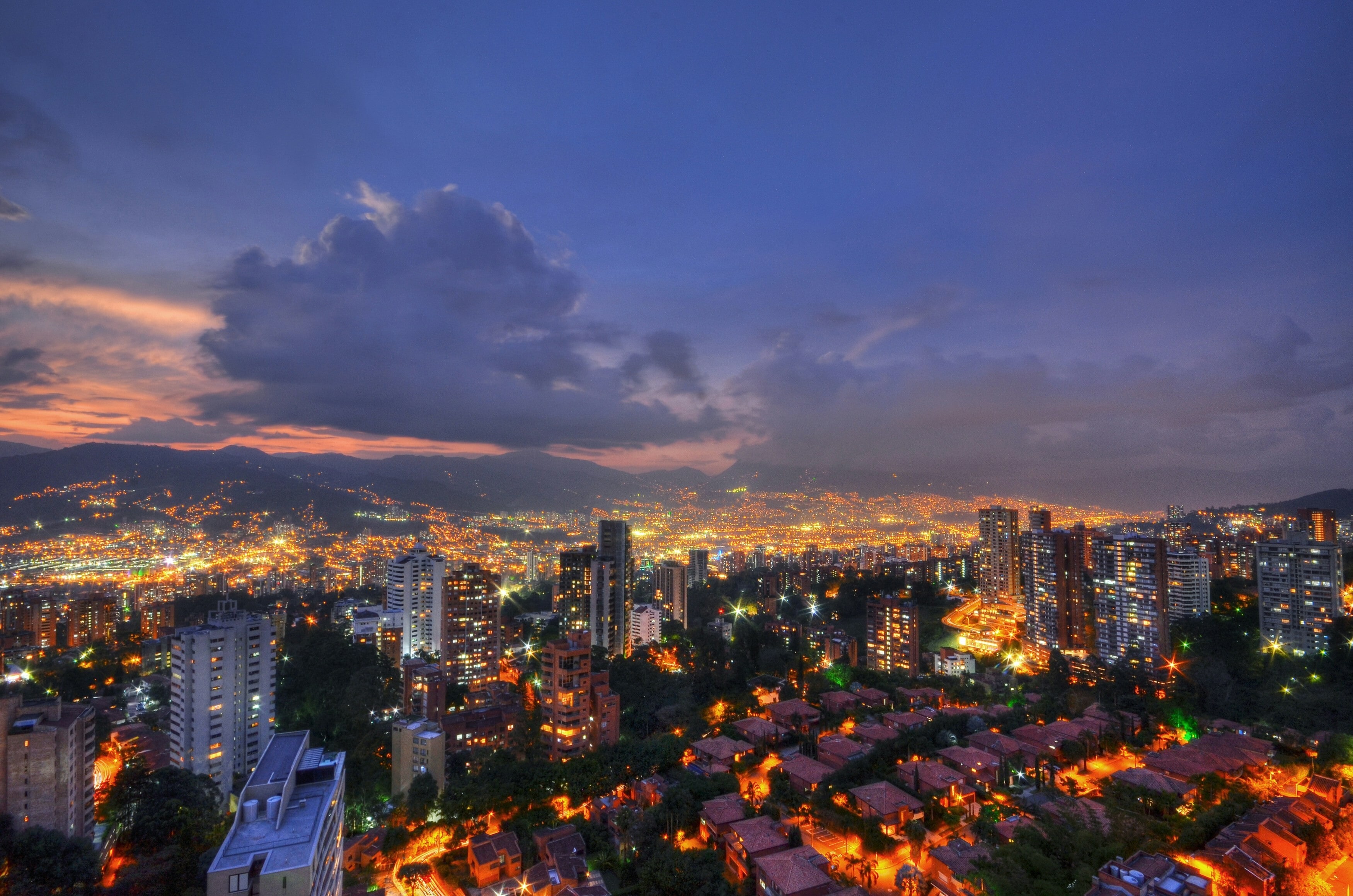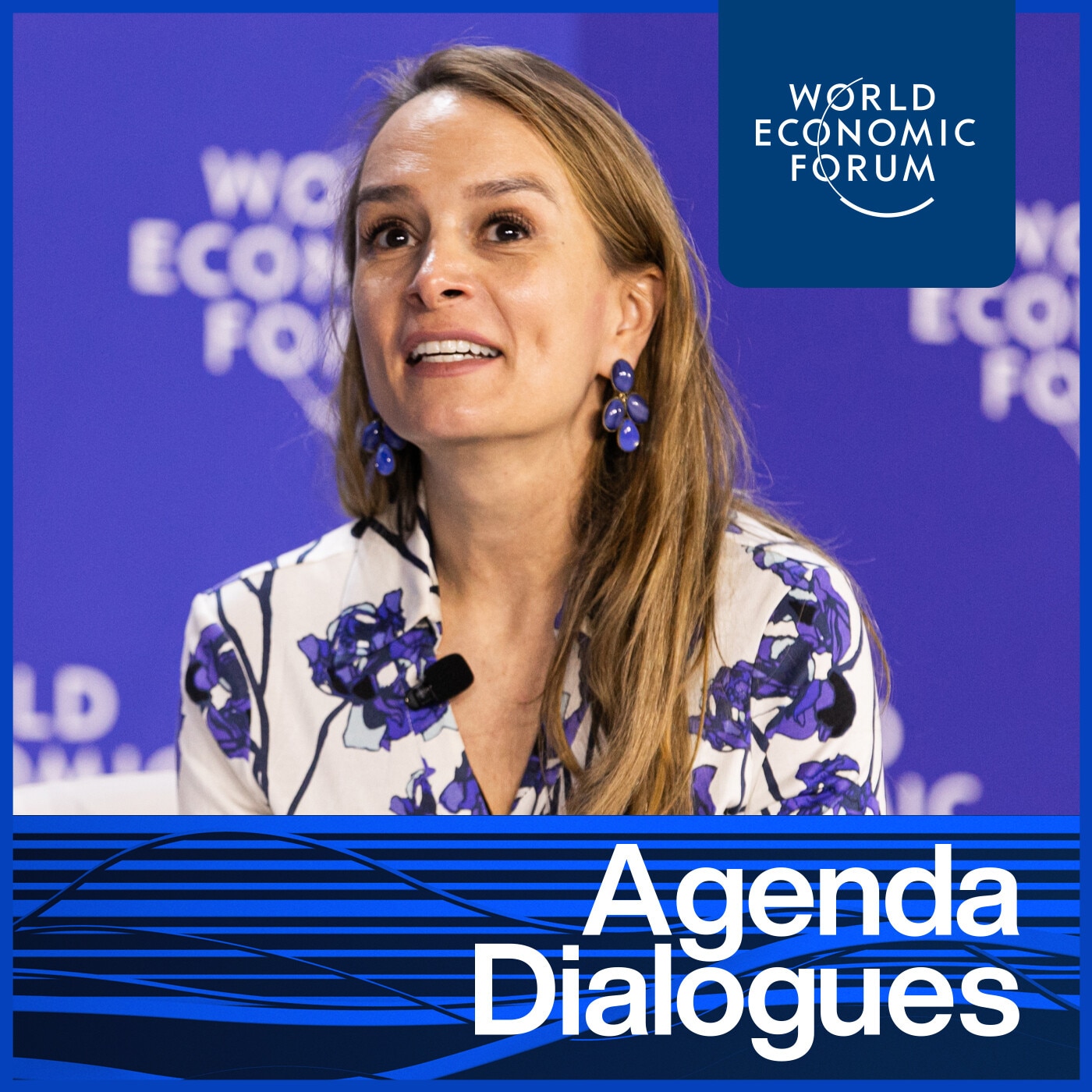Will the Paris climate deal establish a ‘new normal’?

Stay up to date:
Sustainability Reporting
This article is published in collaboration with Chatham House.
The two-week COP 21 conference ended on Saturday 12 December with a legal agreement covering 195 countries. It is not the perfect agreement that many wished for, though few, if any expected. The agreement aims to limit global temperature rises to ‘well below 2 degrees Celsius’, however the pledges submitted by governments to reduce emissions put the world on track for around 3 degrees Celsius. While signalling the continued mobilization of climate finance to assist developing countries reduce their emissions and adapt to climate change, the deal leaves open important questions about how much, by when and for what. And while the negotiations made progress on the critical issue of transparency, much remains to be done for strong monitoring, reporting and verification of national actions and emissions to be achieved.
These imperfections should come as no surprise. This was a complex negotiation between almost 200 governments; the need for compromise meant any notions of perfection were discarded years ago. The outcome is flawed, but it still represents an immense achievement. The negotiations were unlike any that had come before in the UNFCCC’s 20-plus years. There was a sense of shared purpose, of real negotiation and compromise rather than recalcitrance and retrenchment. Given that there is so much to improve upon, one can only hope that this spirit endures.
Much of the credit for this must go to the French presidency, which provided a masterclass in diplomacy. After the debacle of Copenhagen six years ago, the French worked tirelessly both in the build up to, and during, the conference, to win the trust of all the key countries. This included significant personal investments by President François Hollande, who made COP21 a major foreign policy priority, and Foreign Minister Laurent Fabius, who presided as the COP president.
It is important to recognize and celebrate the success of the Paris outcome, but it is equally important to be honest about the work that still needs to be done. Returning to the most glaring imperfection – the gap between the emissions cuts pledged by countries and those needed to keep warming below 2 degrees Celsius – the agreement seeks to address this through a process in which governments make new, more ambitious pledges every five years in the hope of incrementally closing the gap. However the first cycle would be in 2025 – five years after implementation of the agreement. This is too late for a decent chance of achieving the 2 degrees goal, as global emissions would need to have peaked in the intervening period.
Recognizing that near-term ambition needs to increase if the 2 degrees goal is to be kept alive, governments will therefore enter into an ambiguously termed ‘facilitative dialogue’ in 2018 with a view to ‘communicate or update’ their current pledges in 2020. On the one hand, this places them under no obligation to increase their current pledges. On the other, it gives them the opportunity to do so if they wish to, and a major hook for civil society to mobilize around.
Governments like to set distant targets they cannot be held accountable for. Ultimately, the test of whether they are genuinely serious about the 2 degrees goal will be whether they use the upcoming 2020 moment to make a collective, material upward revision in ambition consistent with the need for a near-term peak in emissions. For this to happen, Paris’s political momentum will need to be maintained.
In the meantime, governments must move quickly to convert their Paris contributions into national policy and legislation for delivery on the ground: five years of successful decarbonization will make it more straightforward to raise ambition again in 2020. For the EU this means progress on the 2030 energy package and the creation of the Energy Union. For China it requires clear action in the 13th Five Year Plan which is due to be announced in the coming months. For the United States, continued presidential support will be necessary to implement its contributions, meaning that next year’s election will be vital for continued climate action. If these major emitters are unwilling to demonstrate greater ambition come 2020, few others are likely to do so.
Publication does not imply endorsement of views by the World Economic Forum.
To keep up with the Agenda subscribe to our weekly newsletter.
Authors: Shane Tomlinson is a senior research fellow at Chatham House where he works on energy, climate and resource governance issues. Rob Bailey is the Research Director of the Energy, Environment and Resources Department at Chatham House.
Image: French President Francois Hollande (C, 1st row), United Nations Secretary General Ban Ki-moon (4th, 1st row) and Christiana Figueres (3rdL, 1st row), Executive Secretary of the UN Framework Convention on Climate Change, pose for a family photo with head of states and government during the opening day of the World Climate Change Conference 2015 (COP21) in Le Bourget, near Paris, France. REUTERS/Jacky Naegelen.
Don't miss any update on this topic
Create a free account and access your personalized content collection with our latest publications and analyses.
License and Republishing
World Economic Forum articles may be republished in accordance with the Creative Commons Attribution-NonCommercial-NoDerivatives 4.0 International Public License, and in accordance with our Terms of Use.
The views expressed in this article are those of the author alone and not the World Economic Forum.
Related topics:
Forum Stories newsletter
Bringing you weekly curated insights and analysis on the global issues that matter.
More on Climate ActionSee all
Tom Crowfoot
August 12, 2025
Luis Antonio Ramirez Garcia
August 11, 2025
Michael Fröbel and Stanislas Hillen
August 8, 2025
Elizabeth Henderson and Daniel Murphy
August 8, 2025




